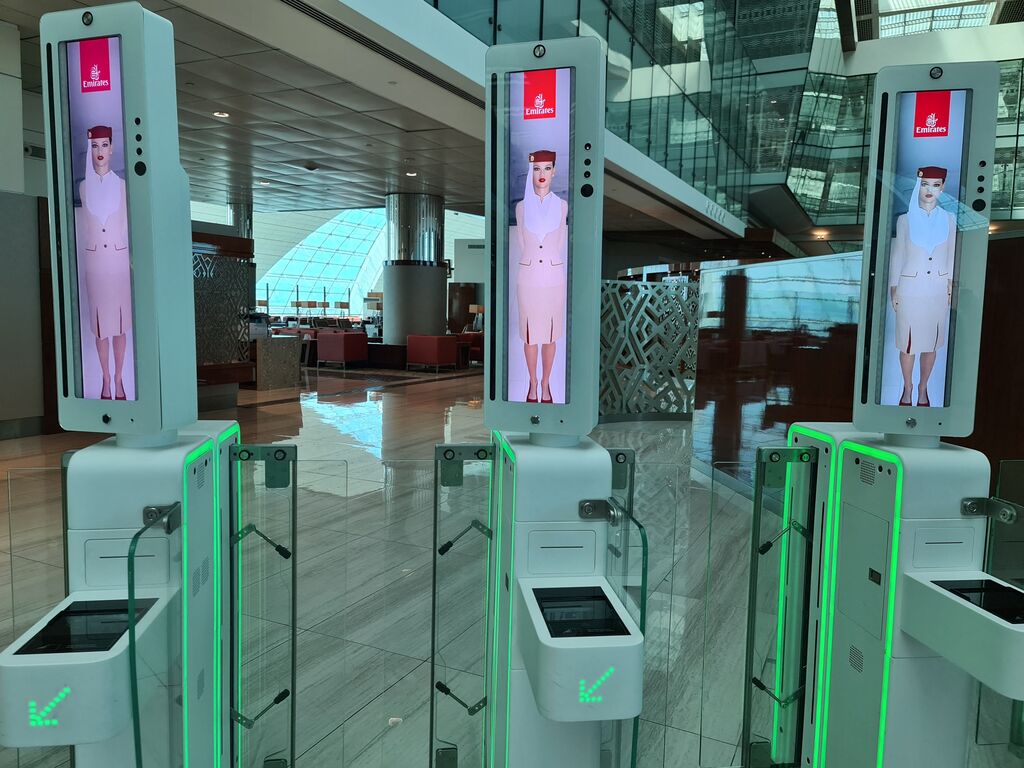Commentary
2022 / 06 / 18 (Sat.)
ROLES INSIGHTS No.2022-03: "Emerging Technologies and Post-Pandemic Civil Aviation" by Christopher K. Lamont


Two years before the Covid-19 pandemic disrupted global civil aviation, the International Air Transport Association (IATA) cautioned the future of air travel was likely to become “...more turbulent, as a new wave of technological change and innovation unfurls.” As of 2022, technological innovation in civil aviation continues to accelerate. Meanwhile, a myriad of challenges, such as the impact of Covid-19 on global connectivity, efforts to reduce civil aviation’s impact on climate change, and geopolitical dislocations unleashed by Russia’s invasion of Ukraine have left airlines, airport operators, and civil aviation regulatory authorities grasping for solutions to rapidly evolving demands being placed on the sector.
In order to shed light on near-term opportunities and risks facing civil aviation, this contribution will highlight those emerging technologies that have been most widely adopted in response to pandemic related challenges. These include tools that assist in the analysis of passenger flows through airports, emerging security screening technologies, and biometrics. While each of these technologies have been adopted in response to specific demands on civil aviation that will be explored below, each also brings with it new risks.
The effects of the Covid-19 pandemic on civil aviation are difficult to overstate. From 2019 to 2020 alone, civil aviation saw a reduction in worldwide regularly scheduled seat capacity of 50% with an overall reduction in passenger numbers reaching a staggering 2.7 billion fewer passengers flying in 2020 compared to in 2019. However, this precipitous fall in global demand for air travel was not evenly distributed with domestic air travel in general proving more resilient to the effects of the pandemic than international air travel. Moreover, air connectivity recoveries vary significantly by region, with global air connectivity having reached 62 percent of 2019 levels, while in East Asia air connectivity remains at 22 percent of pre-pandemic levels.
With air travelers in North America and Europe driving resurgent demand, disruptions witnessed at air transport hubs across these two continents may foreshadow bottlenecks at major airports elsewhere in the coming year. Indeed, the impact of resurgent demand for air travel on an already pandemic stressed air transport infrastructure has been glaringly visible across Europe and North America over the past weeks. As of June 2022, air travelers in these regions navigated large lines at airports and faced a steadily increasing number of canceled flights, with warnings of a chaotic summer ahead at understaffed airports.
Of course, staffing critical ground crew and transport security related positions has been a long standing challenge, and one of the most immediate means of addressing these shortages is the recruitment and training of new staff. However, it is within this context that Artificial Intelligence (AI) and Machine Learning (ML) tools are seen as potentially easing pressures on airport operations through informing decisions on staffing and automating other critical tasks. While many of these tools predated the Covid-19 pandemic, the pandemic has accelerated processes of deploying these tools at airports.
To be sure, many airports have already integrated a wide range of emerging technologies into day-to-day operations, often with a focus on analyzing consumer behavior, as opposed to specifically addressing the types of challenges posed by Covid-19. Congestion monitoring tools, however, provide a means to monitor passenger traffic in travel hubs to better inform both operators and users of potential bottlenecks. Prior to the Covid-19 pandemic, Tokyo’s Haneda airport teamed with NEC Corporation to deploy a “Wait Time Forecast System” that relies on crowd behavior analysis, artificial intelligence, and 3D imaging to provide real-time analysis of passenger movements and waiting times at security checkpoints. Similar systems have been adopted at airports worldwide, with big data analysis roles becoming increasingly important for airport operators.
It is because security and immigration checkpoints constitute a major bottleneck for airport operations that AI-enabled passenger screening and biometric technologies are being touted as a means to streamline passenger screening and verification processes. For example, computed tomography (CT) technology allows for primary screening to be carried out by automated systems. However, there are privacy risks associated with ML models used in such processes. There is a need for training data, which requires data collected through screening processes to be stored, and such data could include information that could identify passengers. In addition to this, the use of such technologies makes security screening vulnerable to new kinds of cyber threats. One such threat could be adversarial examples or data poisoning in which malicious actors insert data into ML systems that would have the effect of distorting its operation without leaving easily detectable traces of intrusion for cyber security professionals. However, RAND’s report on Airline Security Through Artificial Intelligence pointed out that so far such attempts have not proven effective nor have been able to produce significant harm.
Biometric technologies are also increasingly found at airports and are utilized for a wide range of purposes. For example, the U.S. Customs and Border Protection Agency initially began deploying biometric facial recognition technology at U.S. borders in 2018, and by 2022 about 99 percent of airport entry points to the U.S. were using this technology. Glusac noted that an added benefit of this program that was not considered in 2018 was the public health benefit of a contactless entry process. However, the use of biometrics has gone far beyond border control checkpoints. Amadeus flow technology allows passengers to check-in, drop off checked baggage, enter airline lounges, and board flights, all without interacting with airline staff through pre-registration of biometric information.
Biometric data collected by a wide range of public and private actors raises concerns about what happens to this data once collected. There is also a functional concern that while biometric facial recognition technologies have a very high rate of success, incorrect matches, or false positives disproportionately impact people of color.
Emerging technologies are certainly going to be part of the mix of solutions to tackle the myriad of challenges facing civil aviation in the aftermath of severe disruptions to air connectivity brought about by the Covid-19 pandemic. While in some cases, technologies will likely help enhance connectivities, there are also emergent risks that will require greater attention from regulatory bodies. Particularly, as more critical tasks are assumed by AI and ML tools, it will be crucial to better understand the limitations and vulnerabilities that such systems present. Thus, as the IATA noted in 2018, technological innovation will also constitute a major source of turbulence for civil aviation in the coming years.
***********************************************
Christopher K. Lamont is Associate Professor of International Relations at Tokyo International University and Visiting Researcher at ROLES, Research Center for Advanced Science and Technology, University of Tokyo.
Recent Publication
コメンタリー
2025.07.01 (火)
コメンタリー
2025.04.30 (水)

